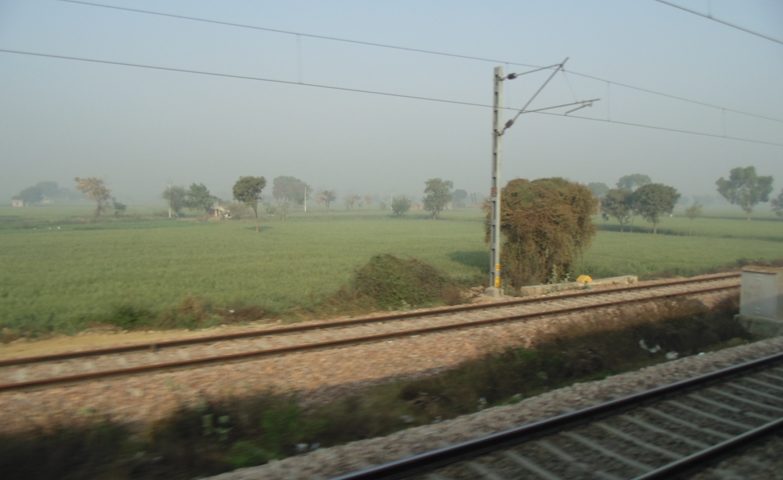Estimates suggest that of the total route km in India, which stands at around 67,350 rkm, the non-electrified component is 56 per cent. In the coming five years, including the imminently ending FY18, a total of 38,000 rkm is expected to be electrified.
Even as conventional power T&D contractors are busy with routine government works that range from augmenting capacity of the National Grid right down to household electrification, there is another growth wave in the making—railway electrification.
According to sources in Central Organization for Railway Electrification (CORE), India is likely to complete 4,000 route kilometer (rkm) of railway electrification in FY18. This is way above the annual average of around 1,400 rkm seen in recent years. The target for FY19 is 6,000 rkm while that of FY20 is 7,000 rkm. More aggression is envisaged in the subsequent FY21 and FY22 with as much as 10,500 rkm targeted in each year.
Estimates suggest that of the total route km in India, which stands at around 67,350 rkm, the non-electrified component is 56 per cent. In the coming five years, including the imminently ending FY18, a total of 38,000 rkm is expected to be electrified.
Already, giant power transmission players including Power Grid Corporation of India (PGCIL) as well as private EPC turnkey players like KEC International Ltd have entered the fray. In their corporate statements, both these companies, as also several others, have indicated that they recognize railway electrification as a growth opportunity.
CORE, in particular, is facing acute shortage of hardware suppliers.
The core concern
The pressing concern with CORE as also another agency RDSO (Research Designs & Safety Organization) that is involved in vendor registration is the sheer lack of vendors. CORE, it may be mentioned, is vested with conventional equipment like hardware, whereas RDSO looks after technical equipment, such as transformers.
It is learned that CORE, in particular, is facing acute shortage of hardware suppliers. If one takes a typical category like forged steel components, the shortage of suppliers is estimated to be nearly 40 per cent. CORE relies heavily on just 5-6 suppliers, when it comes to the category stated. The situation with most other product categories is not very different.
CORE is trying its best to expand its vendor base and to this effect, it is trying to streamline the vendor registration process. Currently, it could take nearly four months for a vendor to get registered but efforts are on to bring this down by at one-third. CORE is also trying to reduce the formalities involved. It is learnt that vendors that are already registered with entities like Rural Electrification Corporation, Power Grid Corporation of India and state power utilities might be able to skip the preliminary steps whilst registering as vendors for CORE.
Also read: The changing complexion of Power Grid Corporation of India
When it comes to even vendors registered with CORE, there is a peculiar problem with lead time management and inventory control. The Indian Railways needs very specific items for railway electrification works. Most of these items have no other market. This is precisely why vendors would not like to manufacture and stock. Production will start only when firm orders are placed. This explains why the procurement cycle is longer. The only way to tackle this, and this is being successfully experimented by CORE, is to have fewer components in key equipment. The modular catenary, which needs much fewer components that the conventional ones, is a shining example to this effect.
The author, Venugopal Pillai, is Editor, T&D India, and may be reached on venugopal.pillai@tndindia.com

